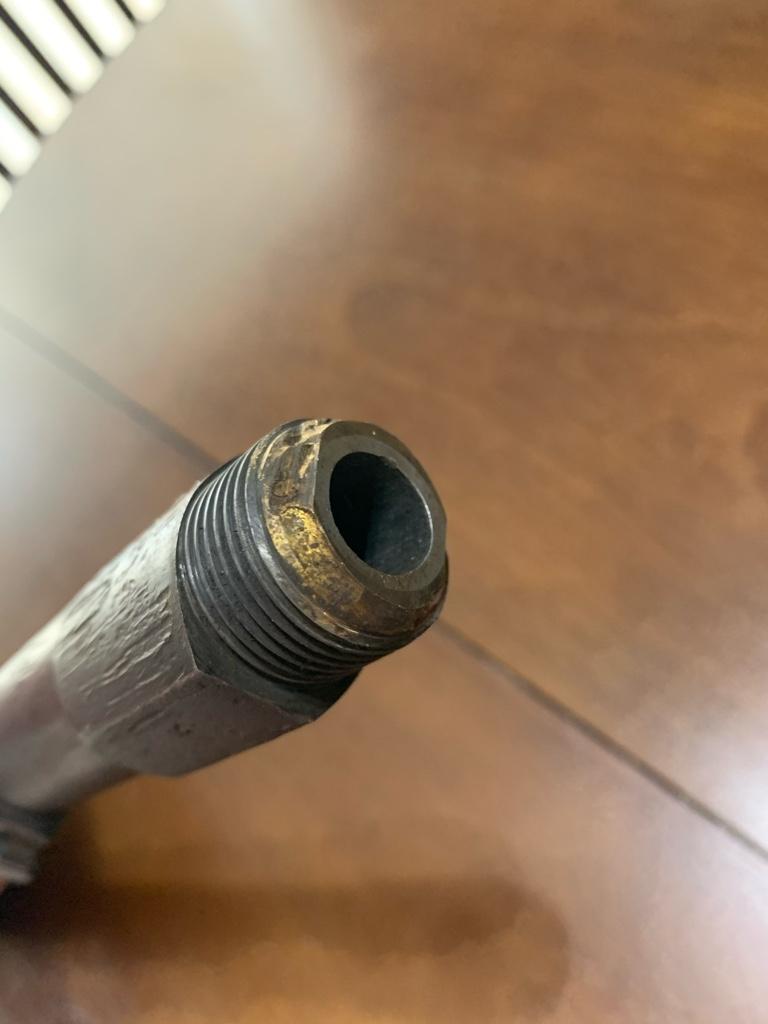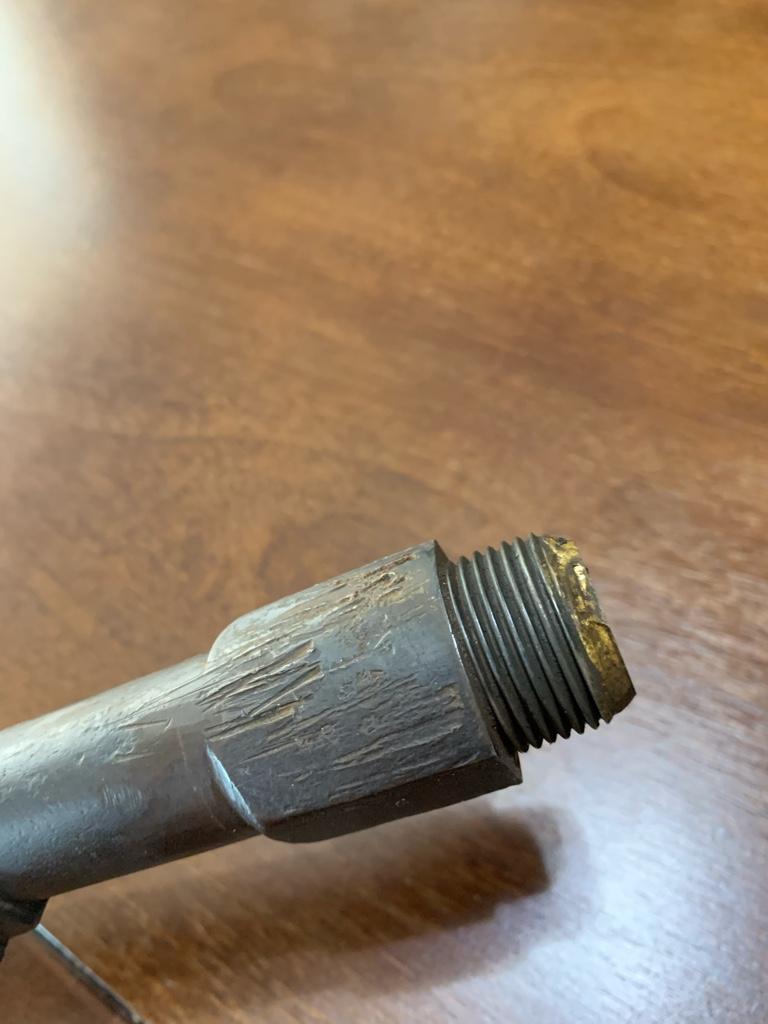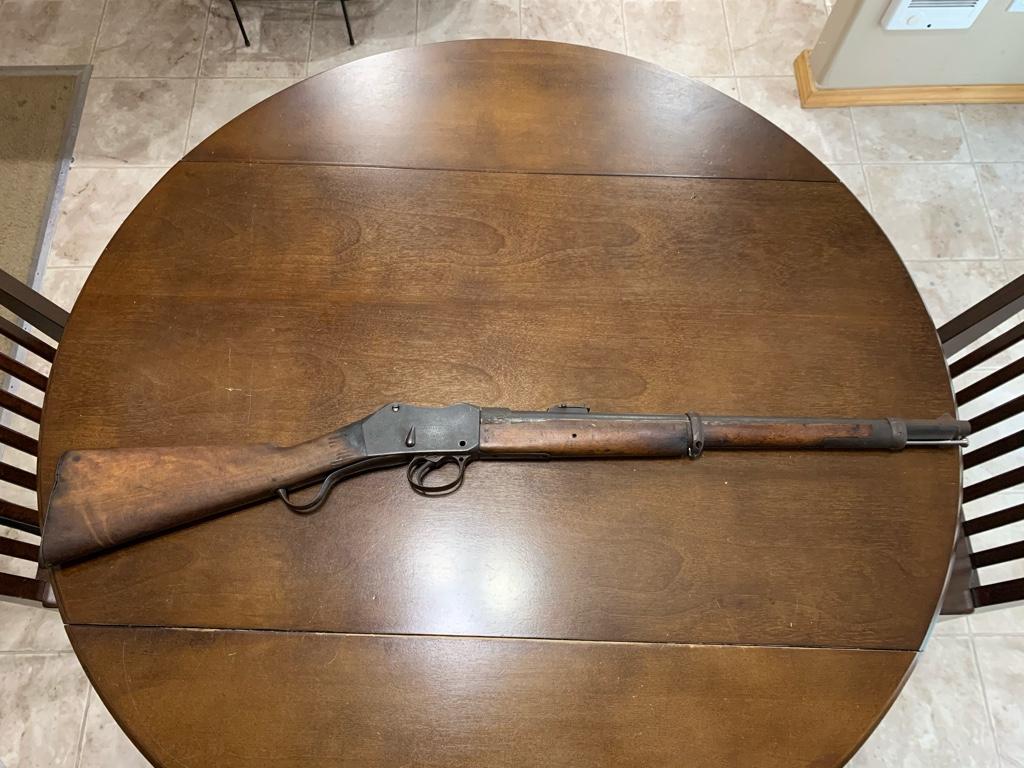- Joined
- Nov 12, 2017
- Messages
- 391
Thanks Tony; after all, you brought me here! I've moved a few items, that one trickiest, maybe. 16 gauge shear, another, dang ol' separate feet.
Note his phrase - - "right equipment over another person most time because with the kinds of weights we’re talking about a person won’t matter."
No kidding there!
And 'peeler cores' still make the best machinery skates; considering smaller equipment. Good enough for ancient Egyptians, good enough for TM51. They'll roll over grass, dirt, gravel, uneven paving, even sand with 2x's underneath. Try that with skates?
One thing not apparent in pics above. Mount a manual, two-speed boat trailer winch on plate for a receiver hitch. AIso dumped the cable for 3" webbing. Less overall length, but no kinking or broken strands, IIRC 28 feet of blank webbing, stitched on loop for hook myself.
One more find, though recent. Found heavy aluminum extrusions a lot like threshold material, much heavier, same thickness as trailer angle iron, 1-1/2". Will screw those to 10 gauge or so plates, one edge bent up to 'clip on' underside of that angle iron, easing the transition from ground to trailer bed. A guy could fabricate wedges for same in a variety of ways.
Wheeled prybar aka a Johnson [not to be confused with semi trailer brake lever] or wheeled truck. I think regional phrases are in play. Anyway, they turn up in CL, various auction sites, McMaster, Northern etc. That one is 7', $100 used. Very comical watching me dangle if the machine has a low pinch slot, always some joke 'dangling by my johnson'. . .
Contrary to usual experience with HIBORE-FRIGHT, (terrific clue there, bold red letters, lol) have two full size pinch bars about 60", and two 30", they are up to snuff. Speaking of pinch bars, I regard less than two inadequate, and MUST BE SAME PATTERN. That allows walking a machine, not bad even if moving considerable distance, versus jacking up and down for rollers. Even 24" shapers, 40 taper vertical mills, No 2 cutter grinders . . .
Note his phrase - - "right equipment over another person most time because with the kinds of weights we’re talking about a person won’t matter."
No kidding there!
And 'peeler cores' still make the best machinery skates; considering smaller equipment. Good enough for ancient Egyptians, good enough for TM51. They'll roll over grass, dirt, gravel, uneven paving, even sand with 2x's underneath. Try that with skates?
One thing not apparent in pics above. Mount a manual, two-speed boat trailer winch on plate for a receiver hitch. AIso dumped the cable for 3" webbing. Less overall length, but no kinking or broken strands, IIRC 28 feet of blank webbing, stitched on loop for hook myself.
One more find, though recent. Found heavy aluminum extrusions a lot like threshold material, much heavier, same thickness as trailer angle iron, 1-1/2". Will screw those to 10 gauge or so plates, one edge bent up to 'clip on' underside of that angle iron, easing the transition from ground to trailer bed. A guy could fabricate wedges for same in a variety of ways.
Wheeled prybar aka a Johnson [not to be confused with semi trailer brake lever] or wheeled truck. I think regional phrases are in play. Anyway, they turn up in CL, various auction sites, McMaster, Northern etc. That one is 7', $100 used. Very comical watching me dangle if the machine has a low pinch slot, always some joke 'dangling by my johnson'. . .
Contrary to usual experience with HIBORE-FRIGHT, (terrific clue there, bold red letters, lol) have two full size pinch bars about 60", and two 30", they are up to snuff. Speaking of pinch bars, I regard less than two inadequate, and MUST BE SAME PATTERN. That allows walking a machine, not bad even if moving considerable distance, versus jacking up and down for rollers. Even 24" shapers, 40 taper vertical mills, No 2 cutter grinders . . .





